The Gray Area Between Intrinsic and Extrinsic Value in Video Games
YouTube channel Bellular News released a video this week wherein they discussed research performed regarding how video games of a certain type impact one’s mental health. Specifically, they wanted to target how “intrinsic” goals impacted players versus “extrinsic”, and therefore chose a wide selection of titles that had a series of motivators to try and encourage players to engage regularly.
To better summarize: how do live-service and similar models impact mental health?
I may find the thumbnails and titles of Bellular News videos to be unfortunate victims to YouTube algorithm manipulation, but the content is typically substantial and of great interest to me. As an independent development studio themselves, I find their insight can often be more enlightening than your average hobbyist industry commentator on the platform. In this instance, however, I feel as if they didn’t really dig in deeply enough. It makes sense that “intrinsic” goals – objectives that the player internally desires and yearns to work towards – are far more rewarding than “extrinsic” – assigned goals by the game in order to feed a progression loop. It somewhat makes sense that players that log in out of obligation would feel no sense of satisfaction or enjoyment, sometimes feeling worse for having played, than those that sign onto a game out of their own compulsion.
The problem is that there isn’t a close enough examination on how different rewards systems exploit the player rather than… well, reward them. It’s easy to try and paint battle passes and seasonal activities in a negative light due to their pressuring players with the fear of missing out; skins, cosmetics, or even activities are only active during this limited time, so you’d better log in if you’d like to earn them! However, this runs the risk of throwing the baby out with the bath water.
So, let’s consider these rewards systems a little bit more deeply and how some games may shift from intrinsic desire to extrinsic over time.
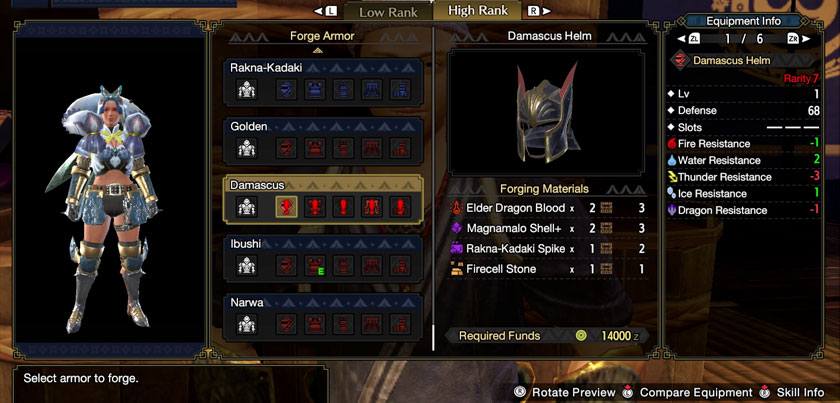
Let’s start by taking a look at Monster Hunter Rise, a series that Bellular News has brought up in the past as a positive example of success without ethically questionable monetization practices. While it is not technically a live-service game, it has a lot of similarities in its reward structure. You hunt a monster, and after carving it up you get materials that can be used to craft new weapons or armor. Your new, more powerful gear then allows you to go forth and hunt more challenging monsters. On paper, it’s not unlike most other games that require the player to select a mission, defeat the boss or bosses, and collect the loot. So why is Monster Hunter Rise perceived more positively?
I would first point out the lack of a battle pass, and therefore the lack of a time limit on content. The player is not being encouraged to play every day so that they don’t miss out on a temporary activity or reward. Every piece of content that is added to the game post-launch is made available for free and forever – save the expansion pack, which is a single purchase and includes new territories, story cut-scenes, gear, and monsters. One substantial update may cost money, but its content will never be hidden or removed for late adopters.
However, there’s also the question of how much it matters that a player has the latest and greatest gear. Despite having played with friends at a much higher level than me, I’ve never felt like I was failing to contribute. There are ways to mitigate the consequences suffered from having lower quality gear, but simultaneously having higher quality gear does not guarantee survival. As such, though I was perhaps more vulnerable than my friends, I was able to assist in the fight through focused damage on specific parts of the monster or providing buffs through my Hunting Horn weapon. In other games, the leveling systems tend to create larger and larger gaps as gear levels increase, and so a friend at a lower level may feel as if their contributions don’t matter or will die swiftly enough as to feel the burden placed upon their teammates.
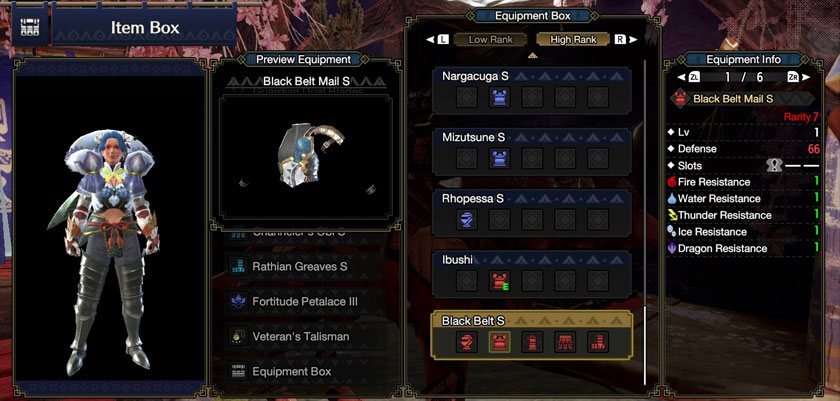
There are many other reasons that I think Monster Hunter Rise works as well as it does beyond just the gear progression, however. For example, it’s more important to take elemental strengths and weaknesses into account of one’s armor than a basic defense value, whereas many live-service games rely on the color of the loot drop to determine its overall strength. The armor in Monster Hunter Rise is both cosmetic and practical, whereas in other games any piece of armor could be here today, gone tomorrow, limiting its value and therefore the worth in its collection.
At the end of the day, however, when I log into Monster Hunter Rise, it’s with the desire to simply fight some monsters first and foremost. The weapon and armor crafting is an optional secondary, a goal I come up with in order to contextualize the play session. Simultaneously, some of the side quests step away from the core gameplay and therefore become more of a trial or errand. Do you wish to unlock more dango with which you can buff yourself? Best get along and collect some wyvern eggs, then! Such activities are some of the least engaging, but they’re also the most optional. None of them are required, nor are they presented in a “checklist” manner for the player’s overall progress.
To that end, I would argue that a lot of live-service games are built around a loot system rather than the other way around. Recall that I mentioned “carving” from a monster in order to obtain some loot. However, the system is actually more complex than that. Specific materials will only drop if select parts of a monster’s body are broken. This means players will now have sub-objectives when fighting their chosen beast, aiming to attack and break specific body parts in the hope of getting that intended material. Such body breaks often result in the monster being stunned for a bit as well, further rewarding the player for their tactical prowess.
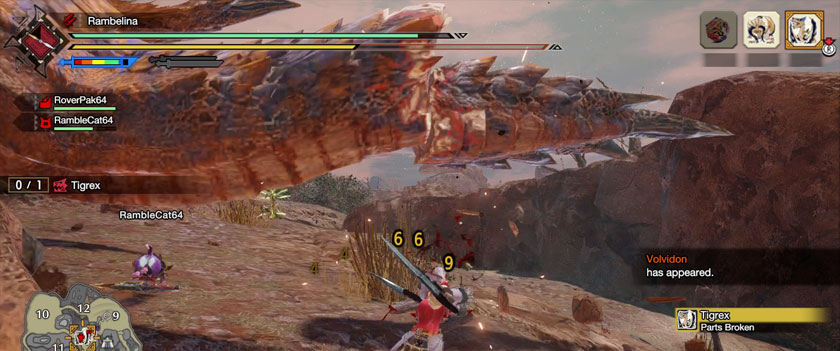
Such a nice, beautiful, clean break of the tail.
Compare this to, say, Destiny 2, the live-service game I have the most experience with. All of the loot fits the familiar multi-colored tier system, where the best drops are gold, next best are purple, then blue is the mid-tier, with green being mediocre and gray being the worst. A lot of these colorful gumdrops will spill from defeated foes, but the vast majority will be junk to the player. It’s possible to complete an activity with nothing but garbage drops, even if you’re at the appropriate level for said activity. This is an immediate contrast to Monster Hunter Rise, where all drops have value.
This means that, if you’d like to perform a mission or task with a lower-level friend, you are less likely to get something of value from that activity. Simultaneously, given how the leveling system works, your lower-level friend will struggle greatly to complete any higher level activity, assuming they’re permitted to do so at all. This is because the game’s progression system was designed to give purpose to its loot system, and the most obvious route is to continue making everything stronger. As the game continues on and more content is added – all of which must be paid for – the stronger and stronger enemies get so players will more eagerly get the stronger and stronger loot. Unfortunately, this has the effect that lower-level gear is all but obsolete, save the slim chance for a “god roll” with particularly good stats. Again, contrast this with Monster Hunter Rise where a piece of equipment with lower base-armor is still valuable due to its increased elemental resistance.
I don’t mean to pick on Destiny 2 specifically, but it is the live-service game that others are beginning to imitate and which I have the most experience. The irony here is that Destiny 2 itself was imitating the likes of games like World of Warcraft and Diablo II, taking their loot and quest systems and trying to plug them into a first-person shooter. It is a game whose core combat mechanics are enjoyable, but I stopped playing because everything felt like it was on a treadmill, including the developers themselves. Is it possible things have changed in the year since I played? Perhaps, but I both doubt it and do not intend to find out. I stopped playing when I no longer felt the intrinsic value to keep going and the extrinsic had lost any sign of luster.
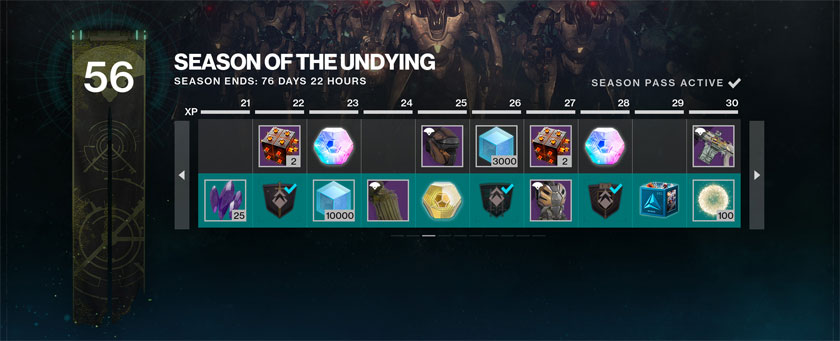
You only have so many days to grind out all of the rewards, the majority of which require you to pay for a seasonal pass.
Now, let’s step back from loot systems for a minute and consider one of the largest games today: Minecraft. Tell me, what are the extrinsic goals in Minecraft? Are there dailies to complete whenever you log in? A quick Google seems to indicate there aren’t, save those created by players themselves. This is one of the most profitable games and recognizable brands of the past generation, and yet it does not offer a colorful loot drop system or series of time-limited seasonal events. Instead, the player is simply dropped into a world where you can create whatever you want, so long as you know or figure out how.
Minecraft relies completely on intrinsic goals, and… it became a phenomenon. Many have tried to imitate it, but they’ve only done so in the most superficial ways: simple graphics and the ability to “build” things. However, while plenty of survival games have risen and developed a community due to such freedom, none have offered the depth or longevity of Minecraft. Like Monster Hunter Rise, however, this is because everything you can create comes from understanding the game and its world. If you want to build something, you need to get the necessary materials. To get those materials you need to build the tools which themselves require other materials. You can then use those tools to get better materials to build better tools to get even better materials, and so on. At some point, you can fight a dragon and “win” the game. Hurray! Good thing it doesn’t end there, and players can keep on building.
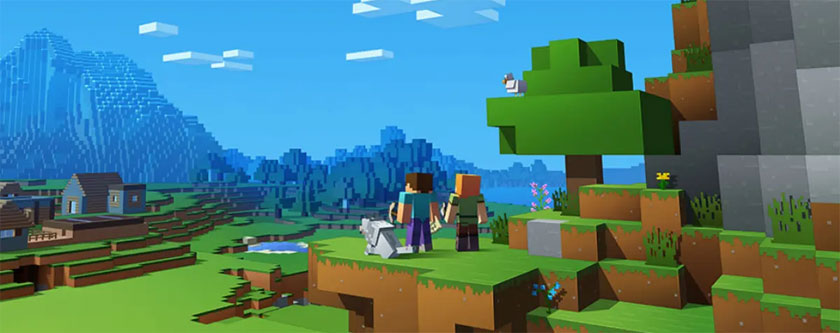
Personally, I prefer the Monster Hunter Rise method, where there are combat mechanics that are exciting and invigorating and then happen to offer a reward to propagate continued play. However, it and Minecraft share a surprising amount in common by building their “loot” systems around the core activity rather than the other way around.
This is, perhaps, part of the reason live-service games feel like such a plague to many enthusiast players. There are a lot of manipulative, exploitative tactics employed to try and capitalize on a player’s fear of missing out, or other such unhealthy compulsions that drive players to log in regardless of their desire to do so. Simultaneously, you can’t deny that there are still players that would prefer having a daily activity to tell them what to do just so they can unwind by blasting some aliens into swiss cheese.
However, if we are going to critique the live-service model, I think it is more productive to dig deep into why these systems are received more negatively or have such a negative impact compared to other, similar games that do not negatively affect a player’s mental state. Otherwise, you run the risk of painting all reward systems in a negative light. It’s more valuable to understand what makes a reward system good and to build from there.


